🇳🇵 Nepal Crisis 2025: Political Unrest, Economic Challenges & How the Nation is Fighting Back
🔥 Social unrest and political instability.
Nepal has been going through one of its most difficult stages recently. In early September Nepal Crisis 2025, the government had decided to ban 26 social media platforms, including Facebook, Instagram, WhatsApp, X (Twitter), and YouTube. The official reason cited was that these platforms did not register with the government, and hence, they were spreading misinformation.
To the youth, especially the true bugs, it was a direct attack on freedom of expression 🗣 – plus more evidence of corruption and cronyism into whose lap the whole country has landed. The streets of Kathmandu were thus flooded with protesters demanding not only the reinstatement of social media but also real political reforms.
Unfortunately, the protest turned violent. The security forces opened fire on the protesters, killing at least 19, and more than 100 were injured in Nepal Crisis 2025. Curfew was declared ⏰, and the army was deployed to restore order. Angry protesters also torched the homes of several political leaders, a sign of the deep-seated anti-system attitude.
By resigning amidst public pressure, Prime Minister K.P. Sharma Oli remains a caretaker until the formation of a new government beacuse of Nepal Crisis 2025. Although social media has been reopened, the younger generation is still taking to the streets against true democracy and corruption for leaders. Social activist Sudan Gurung has emerged as a young icon in this renewed civic awakening.
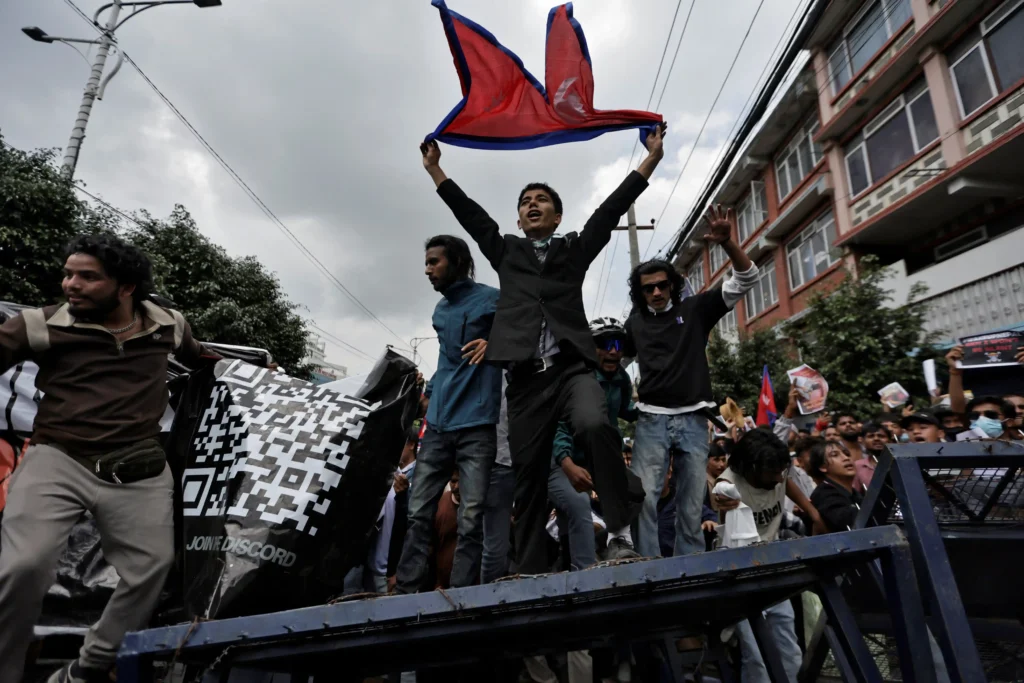
📈 Economic outlook and challenges
Despite the political upheaval, Nepal’s economy has been half-incomplete. Development for 2024–25 is approximately 4.2–4.5%, slightly higher than 3.9% last year. Hydroelectric leads to the agriculture and business sectors.
Nepal also benefits from the IMF’s extended credit facility, which is helping to stabilise finance after the 2024 floods and support the reconstruction mechanism. In the remaining issues:
Increase in non-performing loans in banks
Long-term overdue projects (about 29% of the target achieved only)
Reduction in revenue collection
Comprehensive dependence on dispatch (25% of GDP) 💱 makes the economy susceptible to global shock.
While hope is, Nepal is ready to graduate from the lowest level of the United Nations.
Follow now — exclusive stories and limited-time posts await. ⏳

🌍 Environmental & Infrastructure Stress
Beyond politics and economics, Nepal faced great environmental threats.🍃🔥. In the early part of Nepal Crisis 2025, the Kathmandu Valley underwent record-breaking forest fires, with delayed rains contributing to the climate stress and degradation 🚀☀️. Air quality went to such a terrifying level 💨 that all schools had to be shut down 📚, flight operations cancelled ✈️, and many hospitals filled with patients suffering from breathing ailments 🏥.
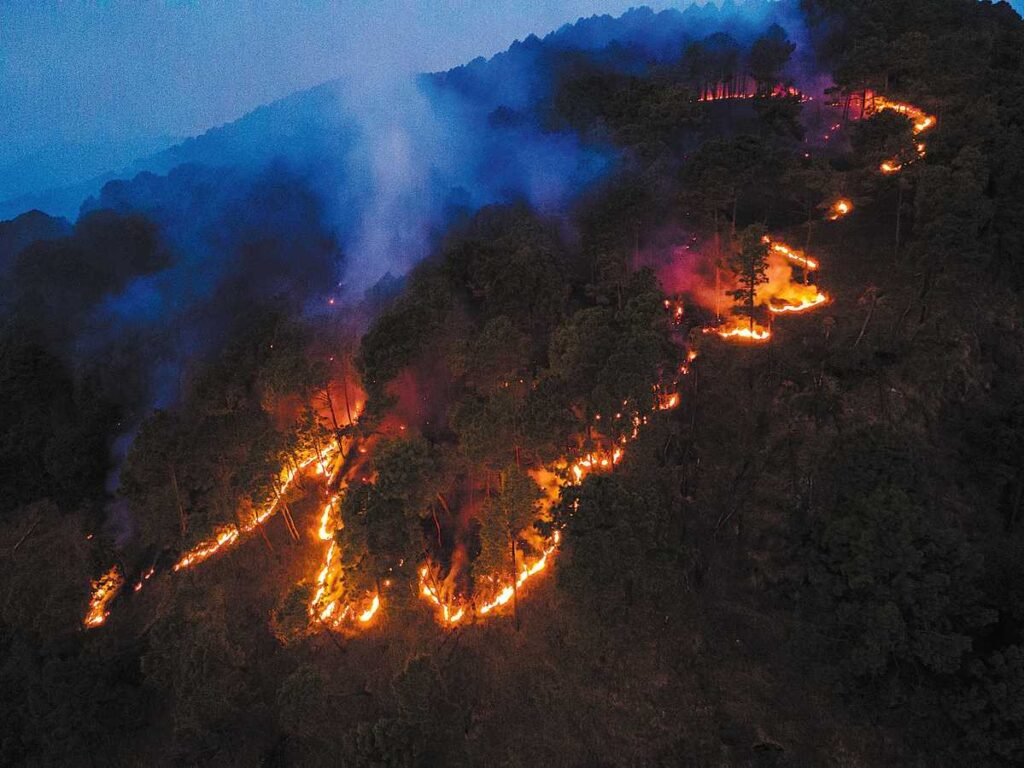
Meanwhile continued the climate disasters:
Glacial lake outburst floods 🏔️💧 threaten entire valleys.
Flash floods 🌊 and landslides ⛰️ destroy villages and infrastructures.
July saw the collapse of the Rasuwagadhi bridge, halting important trade with China 🚧.
All of these underscore Nepal’s vulnerability to climate change 🌡️, which has a direct bearing on health, food security, and the economy.
Don’t miss it — Floods in Punjab: Impact, Relief Efforts & How the State Fights Back
🌟 Conclusion: A Nation at a Crossroads
Nepal today is standing at a critical turning point 🚦:
Politically 🏛️: The citizenry, particularly the youth, hunger for honesty, transparency, and real reform.
Economically 💰: Growth is steady, remittances are a lifeline, and hydropower is promising – but instability threatens to hold any progress hostage.
Environmentally 🌱: Climate risks mount, requiring immediate attention to adaptation and resilience strategies.
❓What is the reason for the Nepal crisis of 2025?
The crisis began after the government banned 26 social media platforms, causing youth leadership protests against corruption, censorship and political elites.
❓How many people have been affected by protests?
Violent clashes between protesters and security forces killed at least 19 people and injured more than 100. Thousands of people have been affected by curfew and shutdown.
❓ Did the Prime Minister resign during the crisis?
Yes ✅. Prime Minister K.P. Sharma Oli resigned under pressure but is serving as a caretaker until an election.
❓ How is the Nepali economy fighting the crisis?
Despite the unrest, Nepal’s economy is showing flexibility 💪 with a 4.2–4.5% increase with hydropower ⚡, agriculture 🌾, and transmission 💱. However, instability slows down the risk.
❓ What role does climate change play in the challenges of Nepal?
Nepal faced severe environmental tension, including record forest fires, glacier lake outbursts 🏔, and devastating floods – all are deteriorating the crisis.
❓ Is Nepal still on track to graduate from the UN’s least developed country (LDC) list?
Yes 🎉. Despite the political upheaval, Nepal is expected to graduate by 2026, having progressed in income, health and development indicators.
❓ How are citizens responding to the crisis?
Citizens – especially the youth – should oppose transparency, accountability and opposition to reforms while steps are taken to provide support to community groups and NGOs.
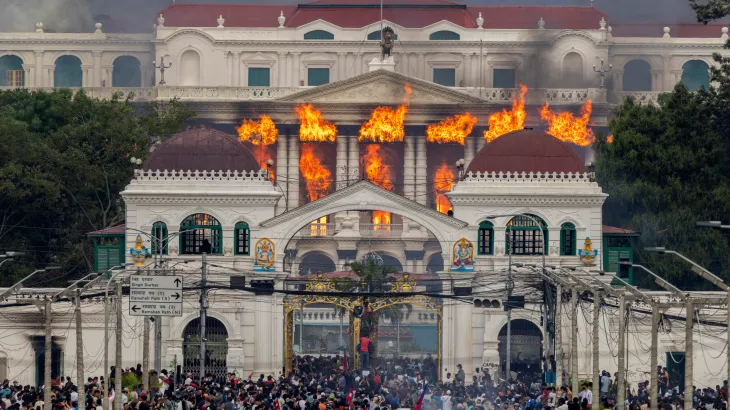

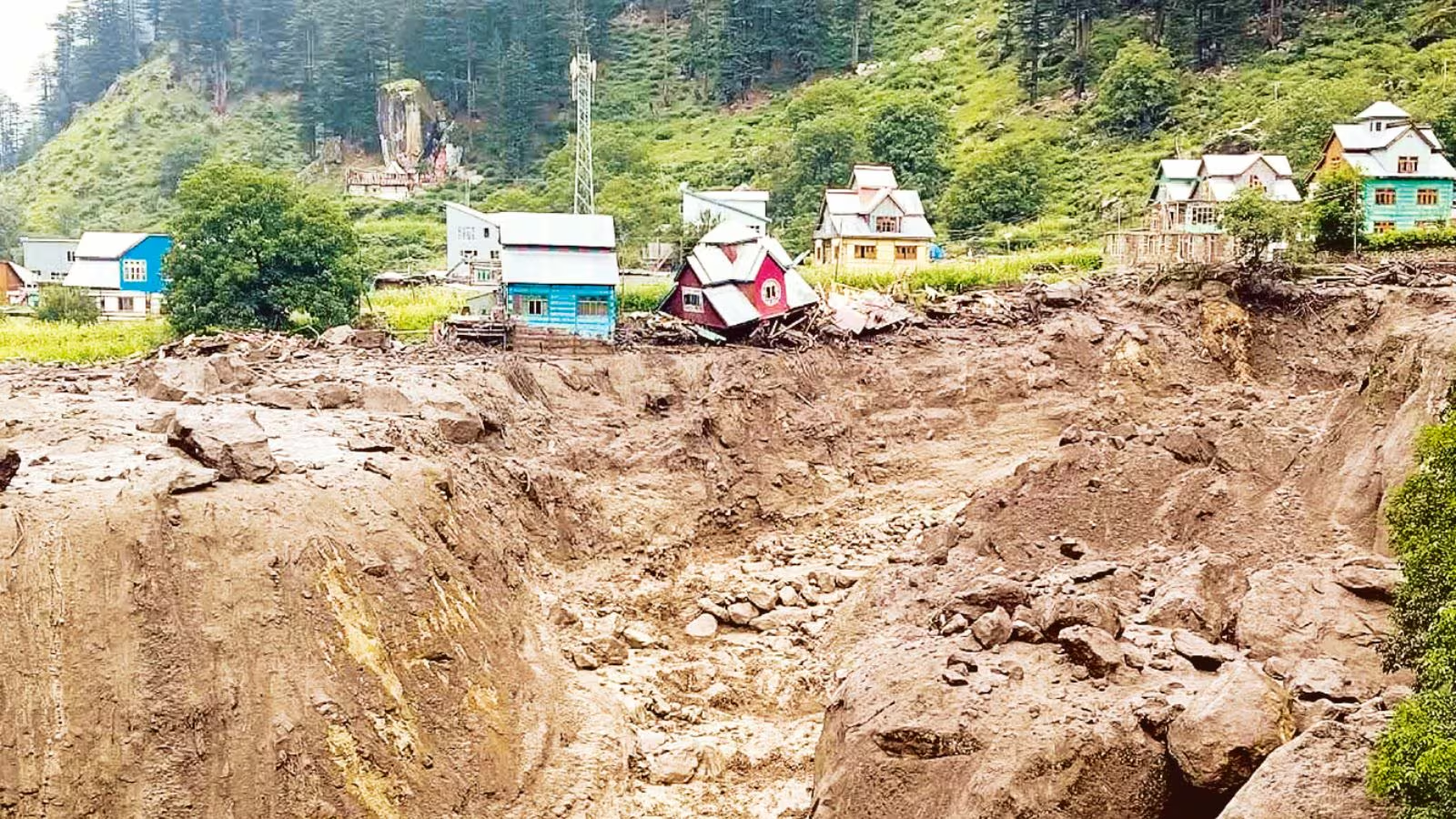
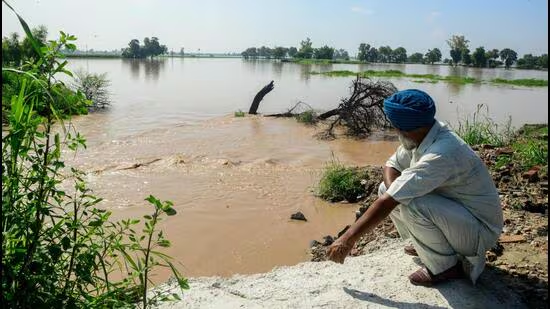

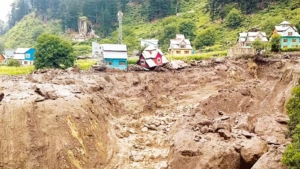
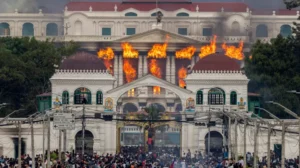
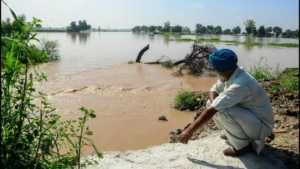
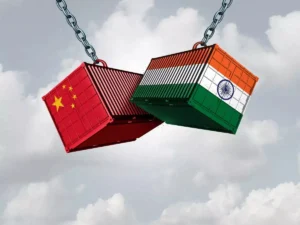
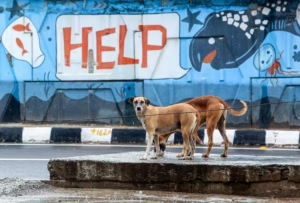
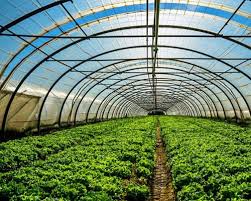
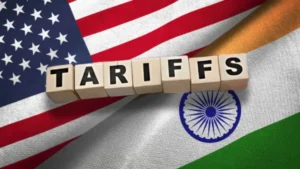
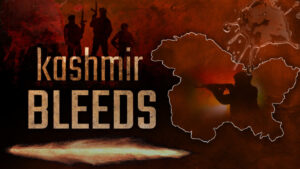
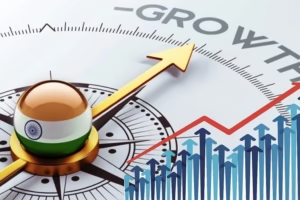
Post Comment